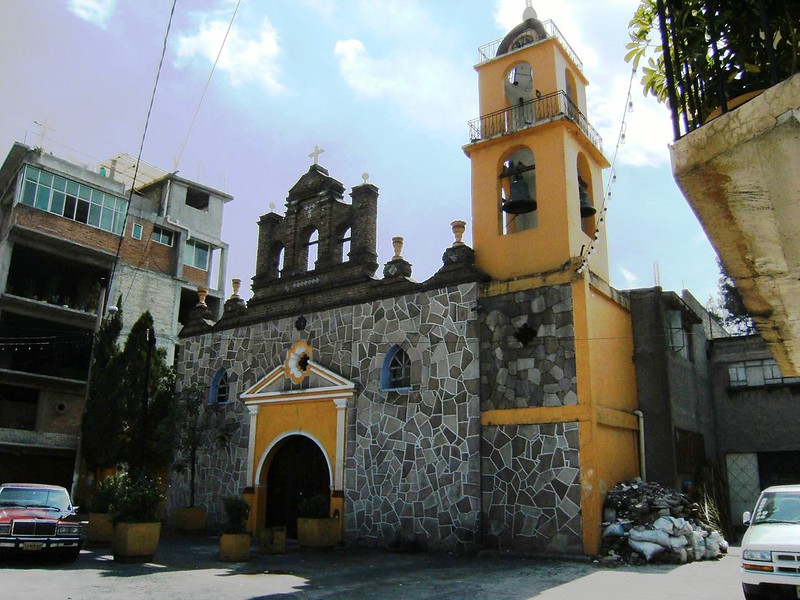
Santo Tomás Tlamatzingo is an ancient neighborhood directly south of the Metro Ferrería / Arena Ciudad de México. It’s one of the 25 original settlements in Azcapotzalco. These are the neighborhoods of the ancient city encountered by the Dominicans in the mid-16th century.
The original name, Tlamatzinco, means “place of the venerable sage.” It’s a variant of the name of the god Tlamantzica, today understood as an aspect of the good Tezcatlipoca. Similar to Santa Apolonia Tezcolco, the name may indicate the presence of a shrine here.
The Barrio Santo Tomás was mostly used as ranchland for the grazing of livestock during the colonial period. Foundational and construction details are few and far between. The chapel we see today was likely founded by the Dominicans in the 16th century.
The church’s most notorious historical moment, perhaps ironically, comes only that very end of the colonial period. The Royalist forces, badly beaten in the final battle of the independence movement, took refuge here after being defeated in fighting at the atrium of the Church of Felipe and Santiago.
The 20th century saw the area heavily urbanized. Much of the east of the neighborhood remains beneath warehouses and factories built in the 1940s. The small town in the center of the colonia, indeed, Santo Tomás Tlamatzingo itself, remains a historical and sometimes whimsical place to visit. A glance at the crooked, misshapen Plazuela Santo Tomás, the street leading to the temple, should indicate that this is no 20th-century subdivision.
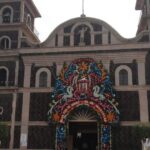
Nearest at 0.54 kms.

Nearest at 0.65 kms.
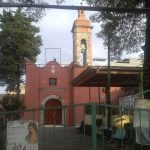
Nearest at 0.69 kms.
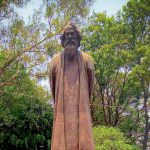
A sculpture honors the Bengali writer and philosopher who won 1913 Nobel Prize for Literature . . .
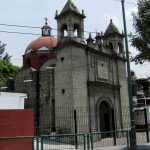
One of Azcapotzalco's ancient neighborhoods is remembered in a stone chapel.
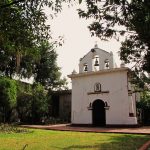
One of Azcapotzalco's original settlements....

One of Azcapotzalco's original villages, Atenco has reclaimed its very old name.
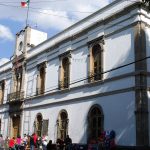
One of Azcapotzalco's most distinguished cultural and learning centers.